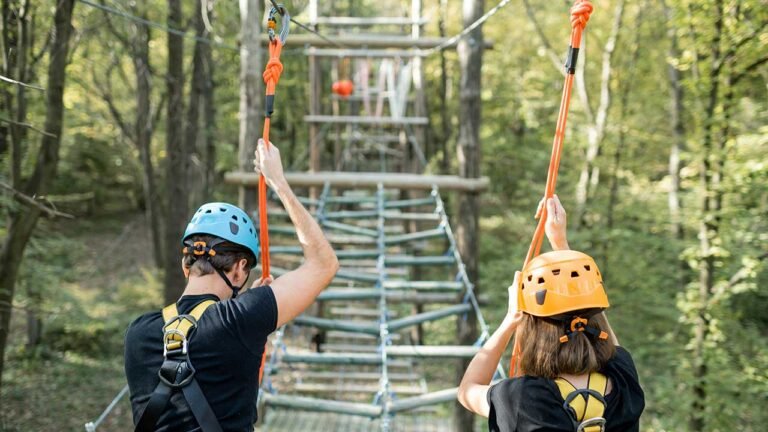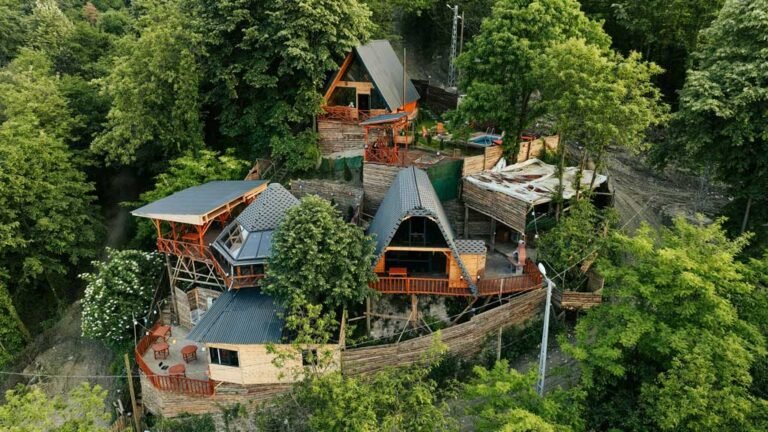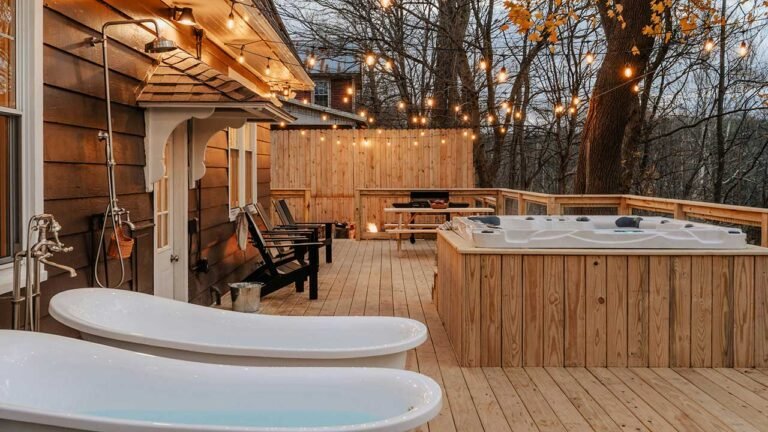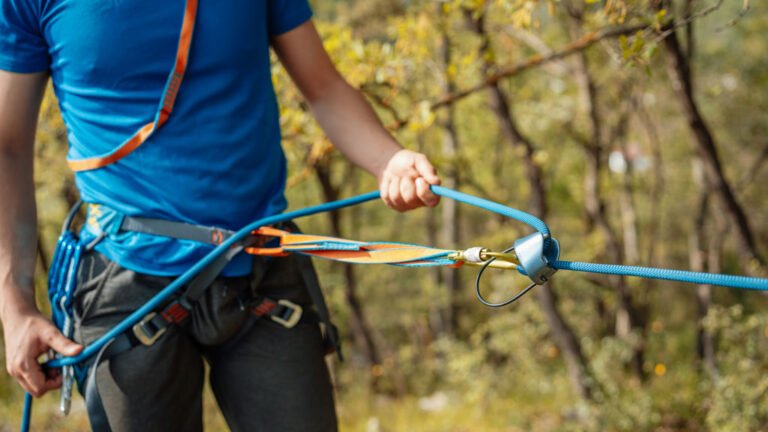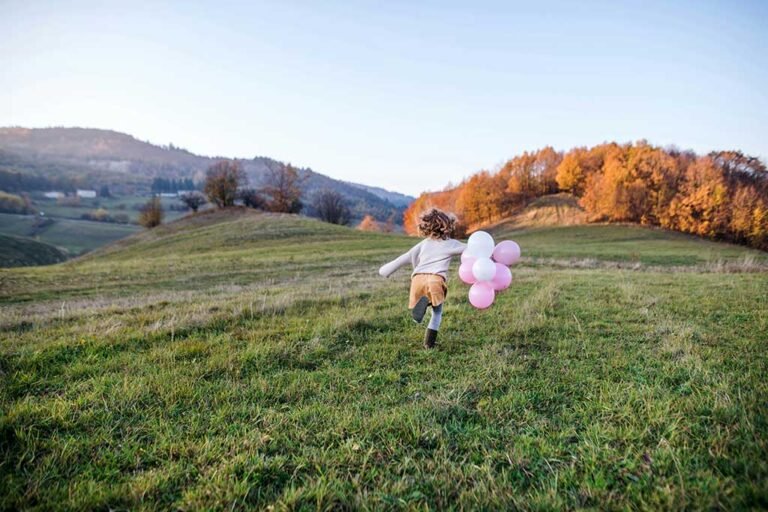The history of climbing parks in Germany and Europe
The history of climbing parks and high ropes courses in Europe is a story full of adventure, innovation and educational evolution. What once began as a military training method has developed into a popular leisure activity that appeals to and challenges people of all ages. These facilities are not only places for thrills and physical challenges, but also spaces for personal growth, teamwork and experiencing nature.
The historical roots: From France to Great Britain
The history of climbing parks begins in 19th century France. The first climbing forests, which were created around 1875, were mainly used for physical exercise. These early facilities were a far cry from today’s adventurous designs and focused on basic climbing challenges. During the Second World War, these facilities found a new role in Britain as part of military training to improve the physical fitness and dexterity of soldiers.
Kurt Hahn and the pedagogical revolution
A decisive turning point in the history of climbing parks was brought about by Kurt Hahn, a German educator who introduced the concept of ropes courses into educational practice in England in the 1940s. With the founding of the Outward Bound Schools, Hahn laid the foundation for the use of ropes courses as tools for personal development and team training. This idea quickly spread beyond the borders of Europe and was particularly popular in the USA, where it became a central element of outdoor education in the 1960s.
You can read about this in Wikipedia :
“In his Seven Salem Laws, Kurt Hahn formulated his holistic educational concept, which was intended to impart far more than just academic knowledge to the pupils of the institutions he founded. Even today, these commandments form the basis of education at the boarding schools Schule Schloss Salem and Gordonstoun as well as the United World Colleges (UWC):
- Give the children the opportunity to discover themselves.
- Let the children experience triumph and defeat.
- Give the children the opportunity to give themselves to the common cause.
- Provide times of silence.
- Exercises the imagination.
- Let competitions play an important role, but not a dominant one.
- Deliver the sons and daughters of rich and powerful parents from the “unnerving” (= detached and reality-blind) feeling of privilege.”
“In climbing, as in life, we often find the greatest success beyond our comfort zone.”
Moni
From military use to civilian leisure activities
With the end of the Cold War and the changing needs of society, the history of climbing parks began to move away from their military roots and open up to a wider audience. The 1990s marked the beginning of a new era in the history of climbing parks and high ropes courses, which were now increasingly designed as leisure facilities for the general public. This development has been further accelerated by the growing trend towards outdoor activities and the desire for new, exciting leisure options.

The role of technology and security
As the popularity of climbing parks increased, so did the requirements for safety and technology. The introduction of innovative belay systems, such as the continuous belay system, revolutionized the industry by significantly improving the safety of participants while making the climbing experience more authentic and challenging. Organizations such as the European Ropes Course Association (ERCA) and the International Adventure Park Association (IAPA) play a crucial role in the development of standards and training programs that ensure the quality and safety of the facilities.
The diversity of today’s climbing parks and high ropes courses
Today, there is an impressive variety of climbing parks and high ropes courses in Europe, ranging from urban adventure parks to extensive forest ropes courses. These facilities offer a wide range of challenges, from easy courses for beginners and children to demanding routes for experienced climbers. In addition to the physical challenge, many parks place great emphasis on integration into the natural environment and environmental protection by using sustainable construction methods and materials and altering the natural landscape as little as possible.
Pedagogical concepts and team training
In addition to the leisure aspect, educational concepts play a central role in modern climbing parks. Many facilities offer special programs for schools, companies and other groups that focus on teamwork, communication and personal development. These programs use the unique challenges and experiences that climbing parks offer to teach important life skills and boost participants’ self-confidence.
Video: For fear of heights: therapy on the high ropes course
Future prospects and trends
The future of climbing parks and high ropes courses looks promising, with constant innovation and new concepts that make the experience even more immersive, safe and accessible. Trends such as virtual reality (VR) and augmented reality (AR) could further blur the boundaries between physical and digital adventure experiences, while sustainable and ecological approaches are increasingly coming to the fore.
Conclusion: More than just an adventure
Climbing parks and high ropes courses in Europe have developed from their humble beginnings into complex, diverse and educationally valuable facilities. They not only offer exciting adventures and physical challenges, but also valuable learning experiences and the opportunity to experience nature from a new perspective. With their rich history, constant innovation and commitment to safety and education, climbing parks and high ropes courses remain an essential part of the European leisure landscape.
Did you like my article on the history of climbing parks? Then please leave me a review.
You are helping us and other nature lovers. Thank you very much 🙂 !
Chronological overview of the history of climbing gardens
| 1875 | The beginnings in France |
| The first climbing forests are built in France, mainly for physical exercise. | |
| 1941 | Kurt Hahn and the pedagogical revolution |
| Kurt Hahn founds the Outward Bound Schools in England and integrates ropes courses as part of the educational program. | |
| 1960s | Distribution in the USA |
| Ropes courses are becoming a central element of outdoor education in the USA. | |
| 1990s | Transition to civilian use |
| Climbing parks and high ropes courses are opening up to a wider audience and are increasingly being designed as leisure facilities. | |
| 2000s | Tourist and educational development |
| Development of climbing forests and adventure parks with a focus on tourist use and educational programs. | |
| 1998 | Foundation of the ERCA |
| The European Ropes Course Association (ERCA) is founded to develop safety and quality standards. The ERCA represents European trainers, ropes course builders and organizations that operate temporary, mobile and stationary ropes courses. The board and working groups represent the interests of all members and promote the professional development of ropes courses. | |
| 2007 | Foundation of the IAPA |
| The International Adventure Park Association (IAPA) is established to promote the development and safety of adventure parks worldwide. De IAPA is the umbrella organization for adventure parks and high ropes courses. | |
| 2010s | Innovations and security |
| Introduction of innovative safety systems and standards that improve safety and the experience in climbing parks. |


